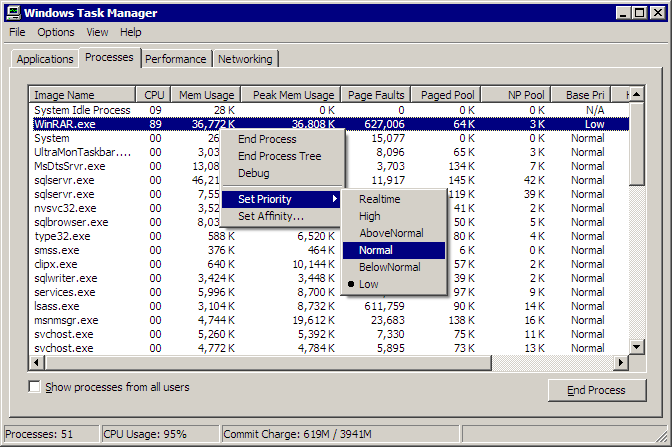
game development
Game Player, Game Programmer
Greg Costikyan’s essay Welcome Comrade! is a call to arms for hobbyist game programmers: Back in the day, it took a couple of man days to create a Doom level. Creating a Doom III level took multiple man-weeks. Thus budgets spiral every upward; as late as 1992, a typical










